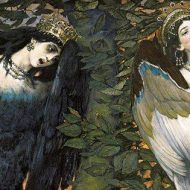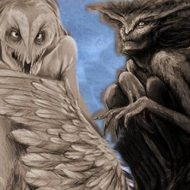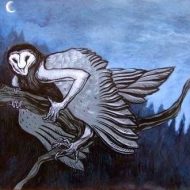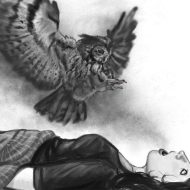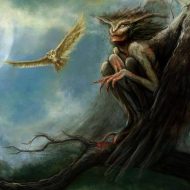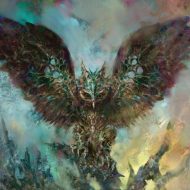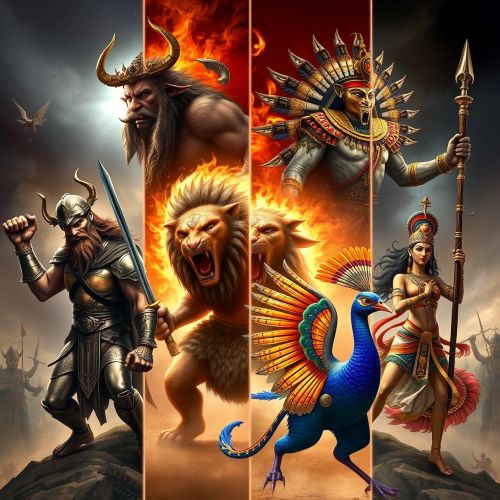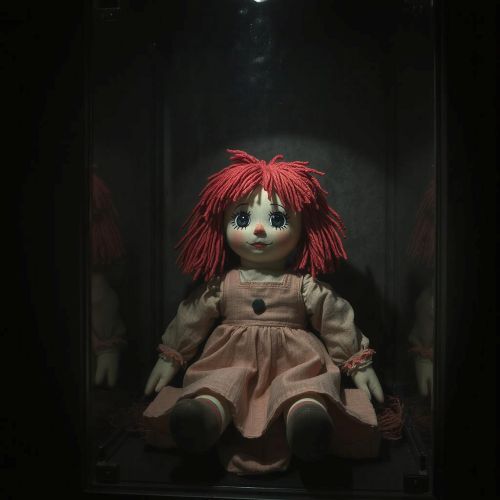Strix : The Bad Omen
Listen
At a glance
| Description | |
|---|---|
| Origin | Roman Mythology |
| Classification | Hybrids |
| Family Members | N/A |
| Region | Italy |
| Associated With | Magic, Bloodsucking |
Strix
Introduction
The Strix and the other variants known as the striges was a demon that was believed to have attacked infants and drain their blood. It was also known as strega or strigoi in various European countries. They differed from other vampire creatures in that they were thought of as living members of the community rather than the returning dead.
The Strix was a bird of ill omen that fed on humans. It was believed that this animal was a terrifying creature that possessed a terrifying reputation. The strix is described as a bird “that cries by night, without food or drink, with head below and tips of feet above, a harbinger of war and civil strife to men”.
Physical Traits
These birds have long golden beaks and are known to suck the blood of their favorite prey. They have red-colored wings and black legs with clawed feet that helped them hunt their prey. Their eye were also different from owls as they were yellow and round without pupils. In classical literature, the strix is described as a large dark-colored bird with a large head and a rapacious beak.
Other Names
The strix appears across southern Europe, where it is known variously as strega (Italy), striges (Greece), and strigoi (Romania).
Powers and Abilities
According to Pliny, the strix was employed in maledictions and may have also been used as a curse word. Various examples have also been made of how the strix’s feathers have been used to make magic potions. In one of his works, Horace wrote that the bird’s feathers were used in a love potion. In other stories, the plumage of the strix was used to create a rejuvenation potion when combined with various other ingredients.
Modern Day Influence
The legend of the strix persisted throughout the Middle Ages and in Latin, strigoaic refers to a female vampire and strigoi to a male vampire. Both of these variants can scream loudly and are considered to be a precursor to the modern banshees and are known to have poltergeist traits.
Related Images
Frequently Asked Questions
What does Strix mean?
Strix comes from the Greek word which means screecher. The word striga also come from the same source meaning evil spirit, nightmare, vampire or witch.
Is Strix an owl?
Strix is a genus of owls that is considered to be the main classification of this bird of prey.
Is Strix a Vampire?
Although not classified as a traditional vampire, the strix does have many similarities including the fact that they are more active at night.
What is the significance of the strix?
The strix is considered to be a symbol of ill omen and bad luck. Sighting of the strix is considered to be a sure sign that some calamity is eminent.

